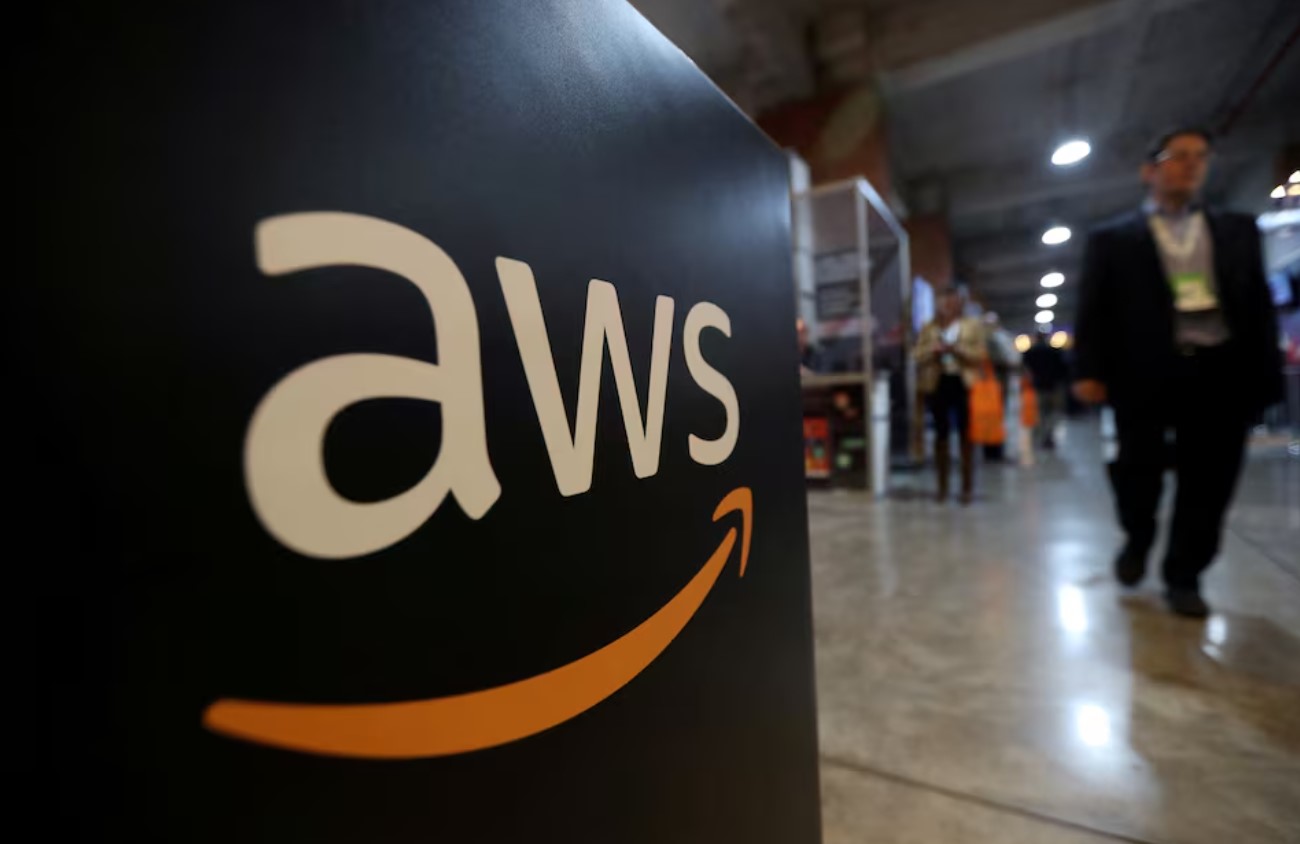Global spending on cloud infrastructure services surged in the second quarter of 2025, driven by booming demand for artificial intelligence workloads, ongoing legacy migrations and cloud-native expansion.
According to Canalys, part of Omdia, total spending reached 95.3 billion US dollars in the quarter, an increase of 22 per cent year on year.
The research firm noted that market momentum remained steady, with growth surpassing 20 per cent annually for the fourth consecutive quarter.
The rise reflects intensifying AI consumption, a rebound in traditional workload migrations and accelerating deployments by cloud-native enterprises.
Hyperscalers advancing AI capabilities and applications are encouraging customers to adopt multi-model strategies tailored to specific costs and use cases.
Amazon Web Services, Microsoft Azure and Google Cloud maintained their positions as the world’s top three providers, collectively accounting for 65 per cent of global spending.
Customer spending with these three leaders rose by 27 per cent year on year.
Microsoft Azure and Google Cloud achieved quarterly gains of more than 30 per cent, while AWS reported 17 per cent growth, consistent with the previous quarter.
Despite slower percentage growth, AWS registered the largest dollar-value increase in revenue among the three.
AI workloads, renewed enterprise migrations and expansion by digital-first firms continue to fuel demand.
In July, Google raised its 2025 capital expenditure target from 75 billion to 85 billion US dollars.
Earlier, AWS projected more than 100 billion US dollars in spending for the year, while Microsoft outlined investment plans of roughly 80 billion US dollars during its current fiscal cycle.
“Customer demand for AI services is evolving from a primary focus on availability and ease of use to a greater emphasis on flexibility and fit-for-purpose model choice,” said Yi Zhang, Senior Analyst at Canalys.
“An increasing number of enterprises are seeking the capability to switch between different AI models based on specific business requirements, enabling them to achieve an optimal balance of performance, cost and application fit,” he added.
AWS Bedrock, Azure AI Foundry and Google Vertex AI are expanding their catalogues of proprietary and third-party models, covering a wide spectrum of capabilities from advanced reasoning to low-latency applications, thereby addressing the needs of multiple industries.
“‘Coopetition’ has become the norm in the generative AI landscape: vendors compete on model advancement and product capabilities even as they collaborate on compute capacity and model distribution,” said Rachel Brindley, Senior Director at Canalys.
“For example, AWS Bedrock aggregates models such as Anthropic’s Claude and OpenAI’s GPT, while OpenAI has added Google Cloud to its compute network to bolster capacity. By sharing resources and leveraging complementary strengths, vendors aim to accommodate accelerating demand,” she added.
Michael Azoff, Chief Analyst at Omdia, said, “There is a need for open-source AI that drives downstream innovation and is welcomed by the open-source community. There is a trend in the market for opening up weights in models: Meta, DeepSeek and now OpenAI.”
Amazon Web Services led the global market in the quarter with a 32 per cent share.
Its revenue grew 17 per cent year on year, a rate it has maintained since the first quarter of 2024, fluctuating between 17 and 19 per cent over the past six quarters.
AWS reported a backlog of 195 billion US dollars as of June 30, up 25 per cent year on year, highlighting sustained demand.
However, shortages of power and semiconductors constrained computing capacity expansion.
In July, AWS launched Amazon Bedrock AgentCore and a new “AI Agents & Tools” category on AWS Marketplace, offering more than 800 products to simplify the deployment and monetisation of AI agents.
In August, it added Anthropic’s Claude Opus 4.1 and OpenAI’s GPT-oss models to Bedrock, extending advanced AI access for enterprises.
AWS also announced multi-billion-dollar investments to expand infrastructure and AI innovation in North Carolina, Pennsylvania and Australia.
Microsoft Azure held a 22 per cent share in the quarter, with year-on-year growth of 39 per cent.
This performance was attributed to traditional workload migrations, cloud-native scaling and rising adoption of AI-driven processes.
Azure AI Foundry expanded its portfolio with models from OpenAI, DeepSeek, Meta and xAI’s Grok, while upcoming additions include models from Black Forest Labs and Mistral AI.
In May, Microsoft launched the general availability of Azure AI Foundry Agent services, now used by more than 14,000 customers to automate complex workflows.
In August, it fully rolled out OpenAI’s flagship GPT-5 model on Azure AI Foundry, available through API and its model router.
The company also broadened its infrastructure footprint, opening new data centres across six continents and increasing its global total to more than 400 in over 70 regions.
Google Cloud, the third-largest provider, achieved 34 per cent year-on-year growth in the quarter, raising its market share to 11 per cent.
Growth was boosted by strong deal flow, with contracts valued at more than 250 million US dollars doubling year on year.
Agreements worth over one billion US dollars signed in the first half of 2025 matched the entire total of 2024.
Google Cloud’s order backlog reached 108.2 billion US dollars at the end of June, up from 92.4 billion in the first quarter.
To meet demand, Google raised its 2025 capital spending plan by 10 billion US dollars, lifting the target to 85 billion.
In June, it announced the general availability of Gemini 2.5 Flash and Pro, along with Gemini 2.5 Flash-Lite, described as its fastest and most cost-efficient model to date.
Gemini now has more than 450 million monthly active users, with daily requests rising more than 50 per cent quarter on quarter.
In July, reports suggested Google Cloud may join OpenAI’s supply network to support its increasing training and inference workloads.







Click here to change your cookie preferences